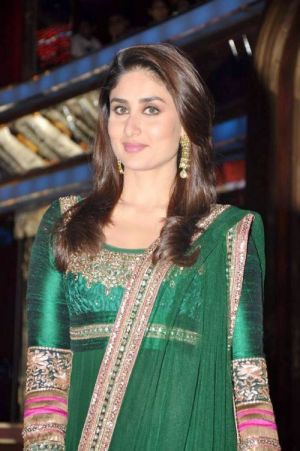indian ethnic clothes Biogarphy
source(google.com.pk)A salwar kameez consists of three parts: salwar, the kameez and the dupatta. Salwar are pajama-style trousers that are loose and voluminous in the hips and thighs, and tapered at the ankles. These trousers – which are gathered at the waist with a drawstring or elastic band – have open side seams (known as the chaak) below the waistline, which affords the wearer greater comfort and movement.The KameeThe kameez is a long shirt or tunic, the cut of which can vary widely. For example, traditional cuts tend to be more conservative while modern cuts tend to be Western-influenced, with the neckline, sleeves and bottom edge (knows as daaman) often being adorned with embroidery or lace. Indeed, by varying the fabric, colors and embellishments, the kameez can be formal or casual, ornate or unadorned.The DupattaThe finishing touch to the salwar kameez is the dupatta – a long scarf or shawl that can be worn in many ways. For example, many women arrange it over both shoulders so that the middle part of it covers the chest. Other women fold it and drape it on just one shoulder. Some women will let it hang around their arms; this is perhaps the most modern way to wear a dupatta.The dupatta is not only a fashionable accessory but a useful one, as there are many occasions when Muslim and Hindu women must cover their heads and necks for modesty reasons, such as when they attend temple or when they are in the company of elders. The dupatta is an appealing substitute for the similar but more restrictive chador or burqa that Muslim women often wear. Of course, there are some women for whom the dupatta is nothing more than a fashionable accessory that is worn to enhance the overall look of the salwar kameez suit.
In India, the salwar kameez is often referred to as a Punjabi suit because the Punjabis, an Indo-Aryan ethnic group hailing from South Asia initially brought the garment to India. The group established themselves in the Punjab region and before long salwar kameez was accepted among locals as the traditional dress. At this time, the salwar kameez was purely functional rather than fashionable. Made from rough cotton, its primary purpose was to provide protection from the scorching heat of the region.
indian ethnic clothes Photos Pictures Pics Images

indian ethnic clothes Photos Pictures Pics Images

indian ethnic clothes Photos Pictures Pics Images

indian ethnic clothes Photos Pictures Pics Images

indian ethnic clothes Photos Pictures Pics Images

indian ethnic clothes Photos Pictures Pics Images

indian ethnic clothes Photos Pictures Pics Images

indian ethnic clothes Photos Pictures Pics Images

indian ethnic clothes Photos Pictures Pics Images
No comments:
Post a Comment